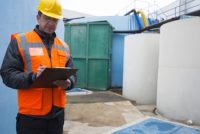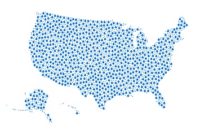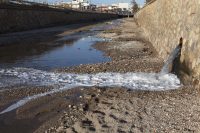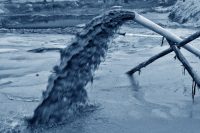EHS Enforcement Begins (and Ends) with Your Permits
No one looks forward to the day when the regulatory authority arrives at your facility for an inspection. Will he or she find issues of noncompliance? Will an enforcement action or penalty be forthcoming? But remember, the ultimate goal of the inspector is not to write up a notice of violation but to ensure your […]









